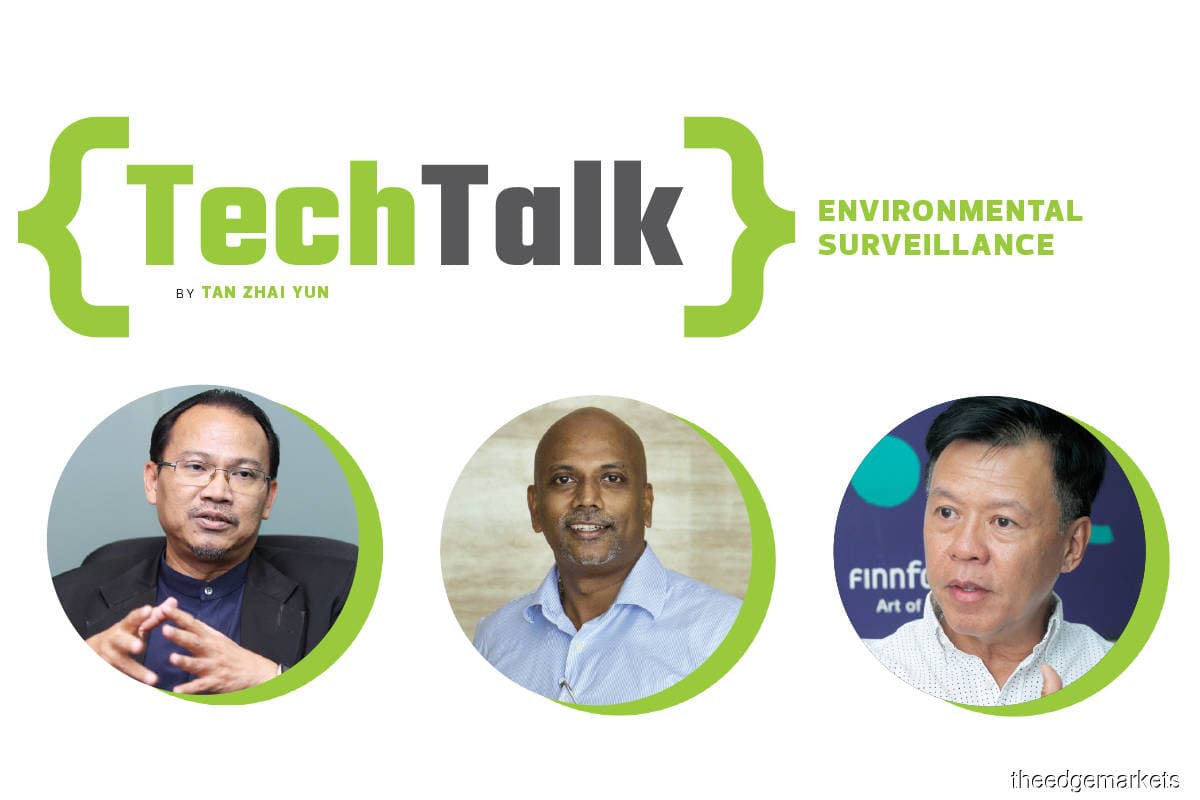
This article first appeared in Digital Edge, The Edge Malaysia Weekly on November 16, 2020 - November 22, 2020
Today, many Klang Valley residents are no longer surprised by sudden water disruptions. Just this year, there have been at least four incidents of burst pipes and river pollution. These come on the back of the Sg Kim Kim incident in Johor last year, where illegal dumping of chemical waste affected more than 2,000 people in the area. To tackle the problem, the Selangor government recently announced plans to use drones to monitor water pollution and take water samples for analysis. This raises the question: can the latest technologies be used to prevent such incidents in the future? Or if the pollution has already happened, can it be handled immediately before water treatment plants are affected?
2. Use IoT to monitor rivers
The benefits of using the Internet of Things (IoT) for river monitoring are pretty straightforward. Install IoT sensors along the river and at intersections of major drains. Connect the sensors to a central system that reflects real-time data in a visual form. Enforcement agencies can then take action immediately once the sensors detect anomalies.
However, it may be expensive to install sensors along the entire stretch of the river, says Mazlan Abbas, co-founder and CEO of IoT service provider Favoriot Sdn Bhd, so a better solution could be to install them at strategic locations. “This way, it can help give quick alerts before the water enters the reservoir.
“For instance, the sensors can be placed in the middle of the river or on river banks. Odour-monitoring IoT sensors can be placed below bridges, on lamp poles near the river or on dedicated poles.”
Meanwhile, sensors placed in pipes can detect leakages.
Other locations include manholes, into which some irresponsible parties dump toxic waste, which then end up in major rivers. “The sensor will detect whenever someone opens the manhole cover. This can also address the problem of people stealing manhole covers,” says Mazlan.
Drones can be used to complement IoT solutions by using image recognition to identify pollution or get water samples. The community can also play a part by making reports on illegal dumping.
“We can use a mobile app reporting tool that can channel photos of these incidents to the authorities. It’s better to use an app to track incidents than using WhatsApp or social media for reporting,” says Mazlan.
According to him, IoT for water quality or odour monitoring can cost RM100,000 or more per site, depending on the location. Meanwhile, the cost of drones does not just include the hardware but also the accessories, monitoring system, applications and analytics, as well as maintenance.
Who will pay for these solutions? “Most likely it’s the authorities who monitor or manage the river. They can either buy, own and operate or they can pay for the services without purchasing the drones,” says Mazlan.
4. A biotech solution to stop pollution at source
Walk around some restaurants in Malaysia and you’ll be able to smell the stench from the drains. Unfortunately, water from these drains will end up in rivers, which explains their sorry state.
One major contributor to pollution in urban rivers is the release of untreated wastewater, which is full of fat, oil and grease (FOG) pumped into the drainage system by restaurants, according to reports. FOG can also block pipes, which results in flooding.
In 2016, Timcare Biotech Sdn Bhd tried to solve this problem — in collaboration with the Kuala Lumpur City Hall (DBKL) and Dr Ng Chee Guan, deputy vice-chancellor of University of Malaya’s Institute of Ocean and Earth Sciences — with its Ecoball.
The Ecoball is made of enzymes that break down fat and nutrients into water and carbon dioxide within three days. During a trial run, a few restaurants under DBKL’s purview put the product into their grease traps for a month.
“The trial run was successful. The Ecoballs were able to digest 92.8% of the sludge in four days,” Timcare founder Derek Cheong says, adding that the solution solves river-quality problems at source.
“It is a problem in Malaysia. When you go to some townships, you can smell the drains and they are infested with rats and cockroaches. You will never encounter this in countries like Singapore or Japan because their wastewater goes into sewage pipes instead of drains.”
The company also conducted a project with Alliance Bank Malaysia Bhd and Dr Ng in Sungai Kerayong two years ago.
“The Ecoball is designed to sink to the bottom of the river. This is effective because the sludge, which comes from industrial and commercial drains, is always at the bottom. But the main problem is that when you don’t clean up from the source, you don’t really solve the problem because the pollutants are still flowing in at a regular basis,” says Cheong.
Timcare’s products are also being used in France, Hong Kong, Singapore, the Philippines and Indonesia. The company is firming up plans to supply to Thailand as well as Jollibee Foods Corp, which owns The Coffee Bean & Tea Leaf, in the Philippines.
Locally, Ecoballs are being used by some private companies, but not by any government agencies. Despite the successful trial, DBKL did not follow up on the project to clean up wastewater from restaurants at source.
“The government has to work hand in hand with enterprises like ours or other environmentally friendly companies. Our prices are brought down to the minimum because we are concerned about the environment and we want to make the products affordable,” says Cheong, adding that a set of Ecoballs costs RM80 and lasts a month.
Save by subscribing to us for your print and/or digital copy.
P/S: The Edge is also available on Apple's AppStore and Androids' Google Play.



